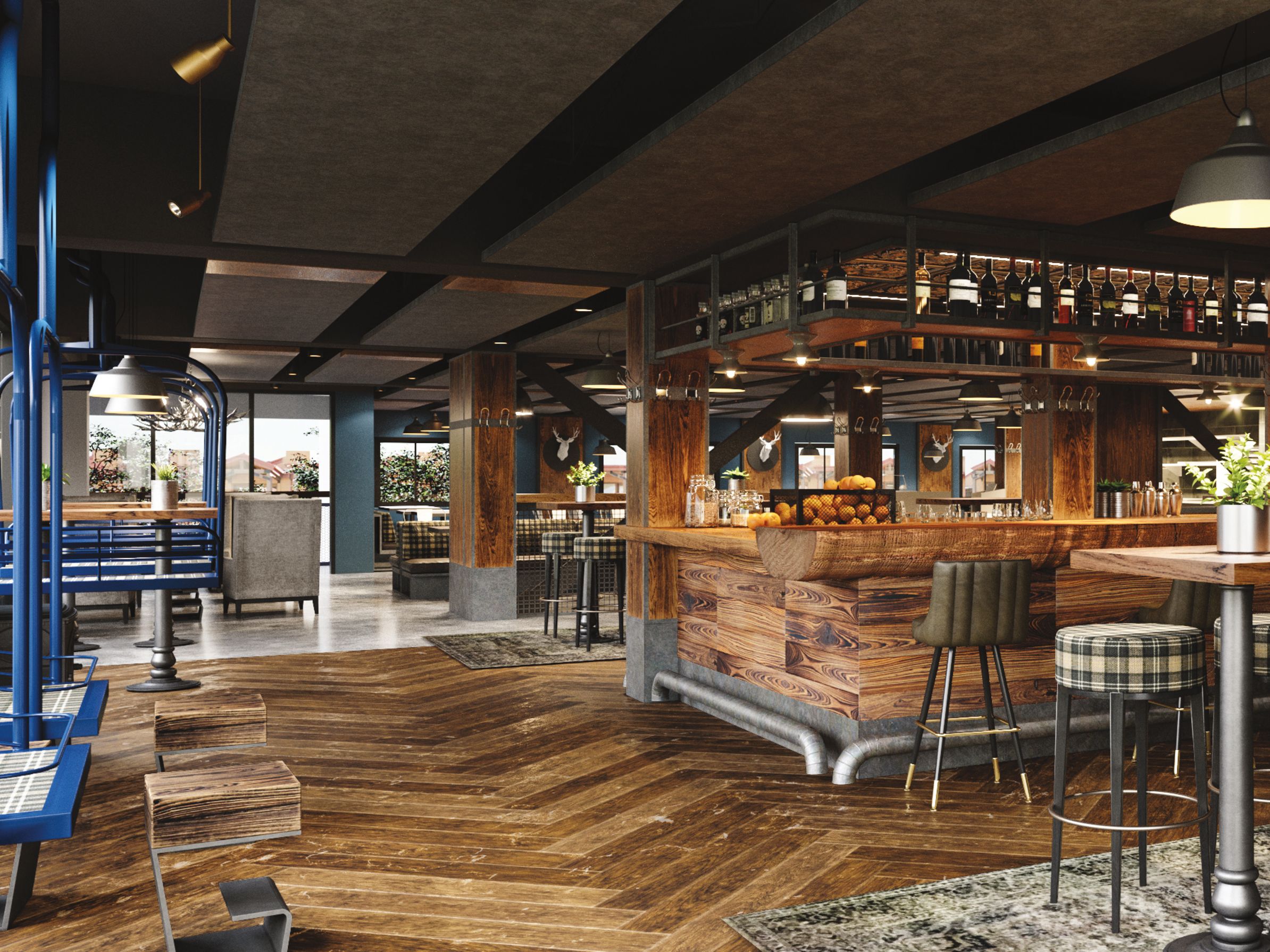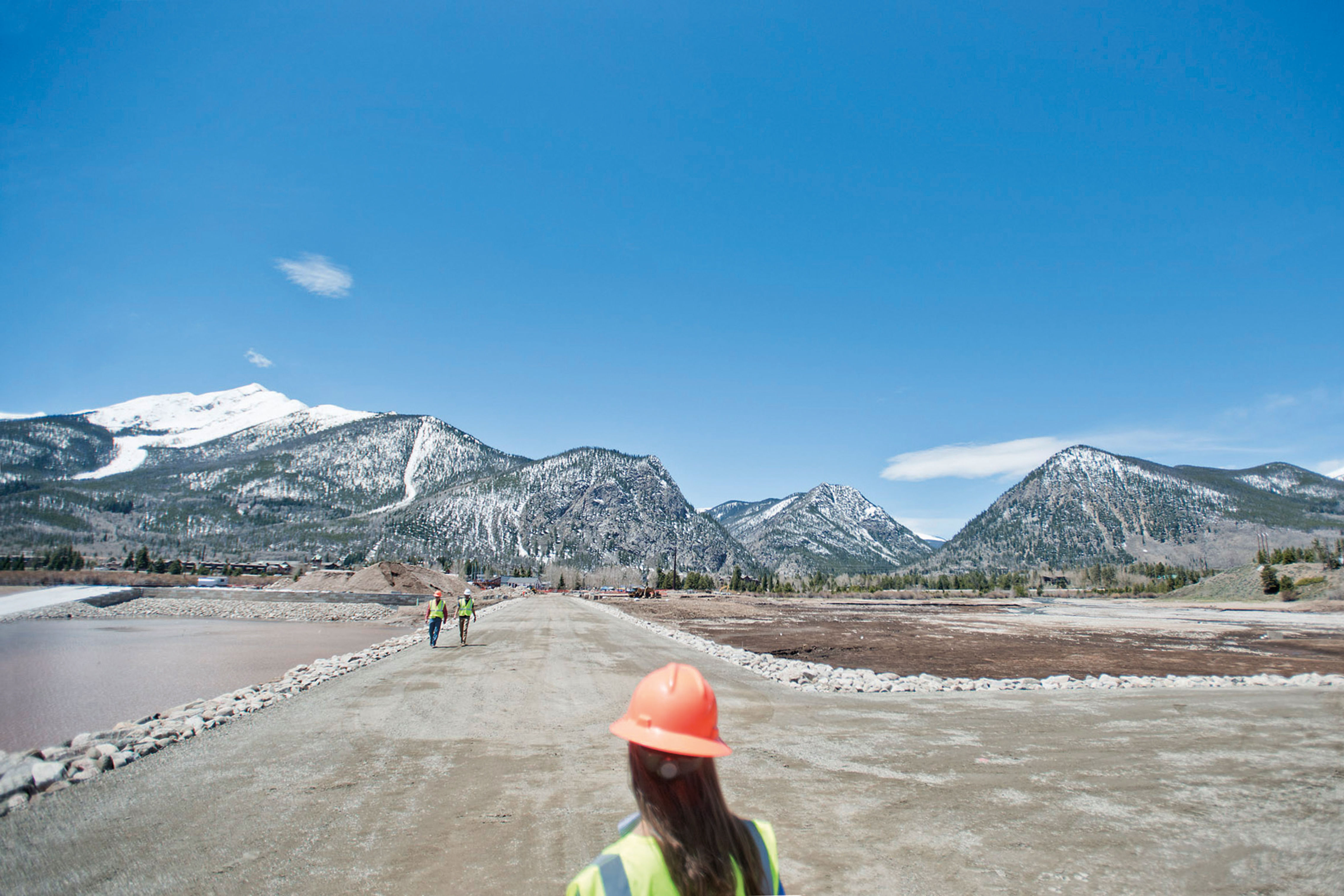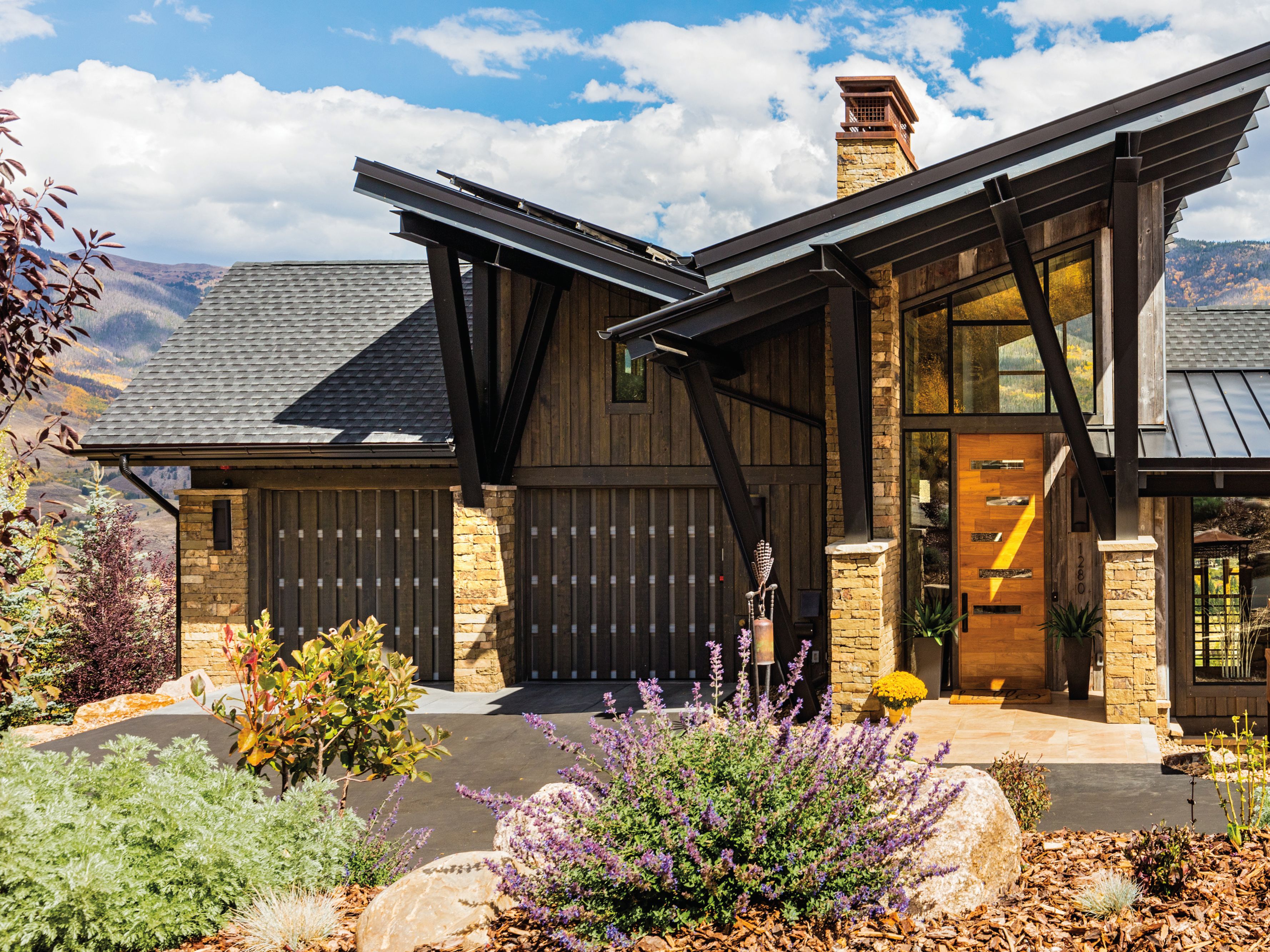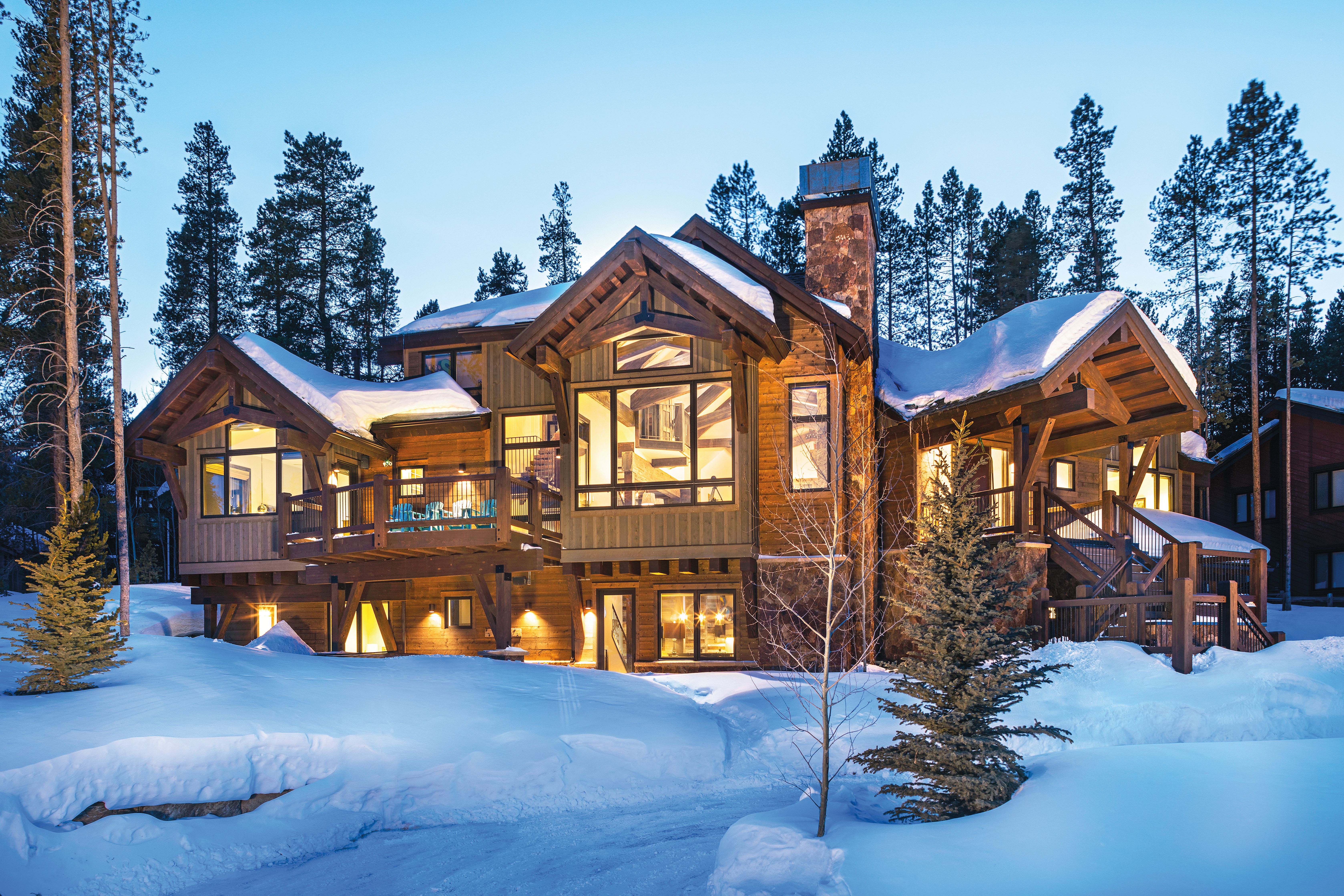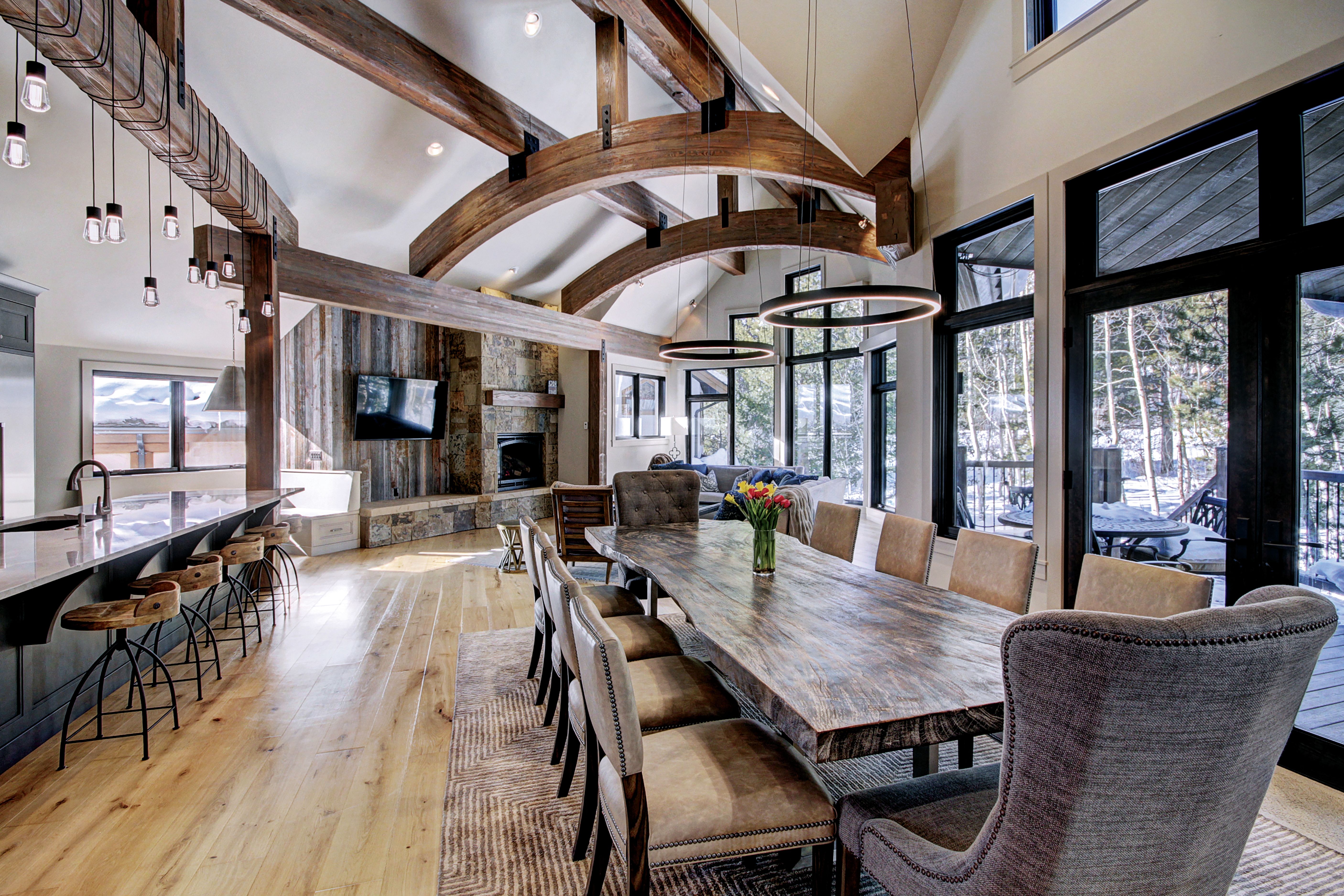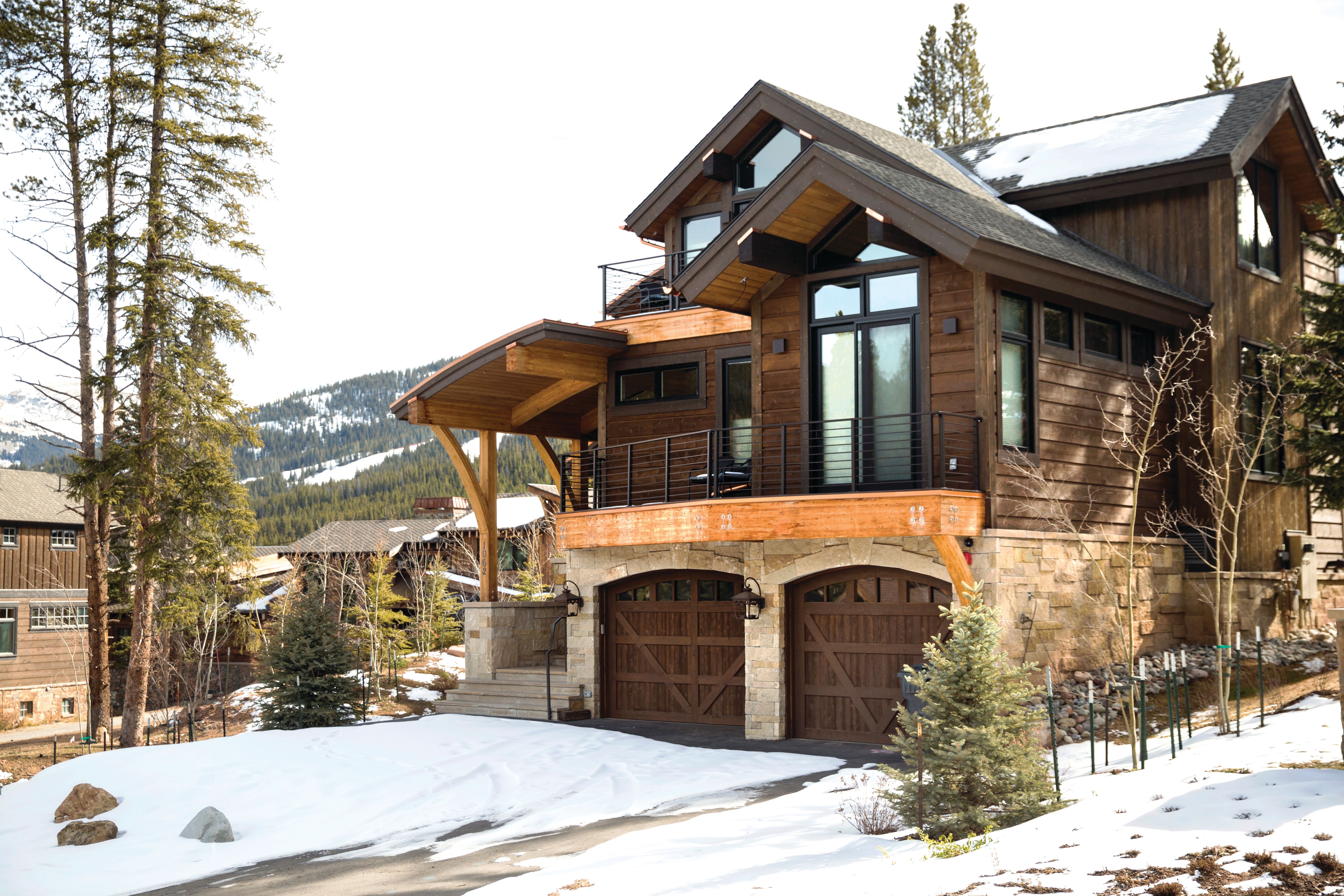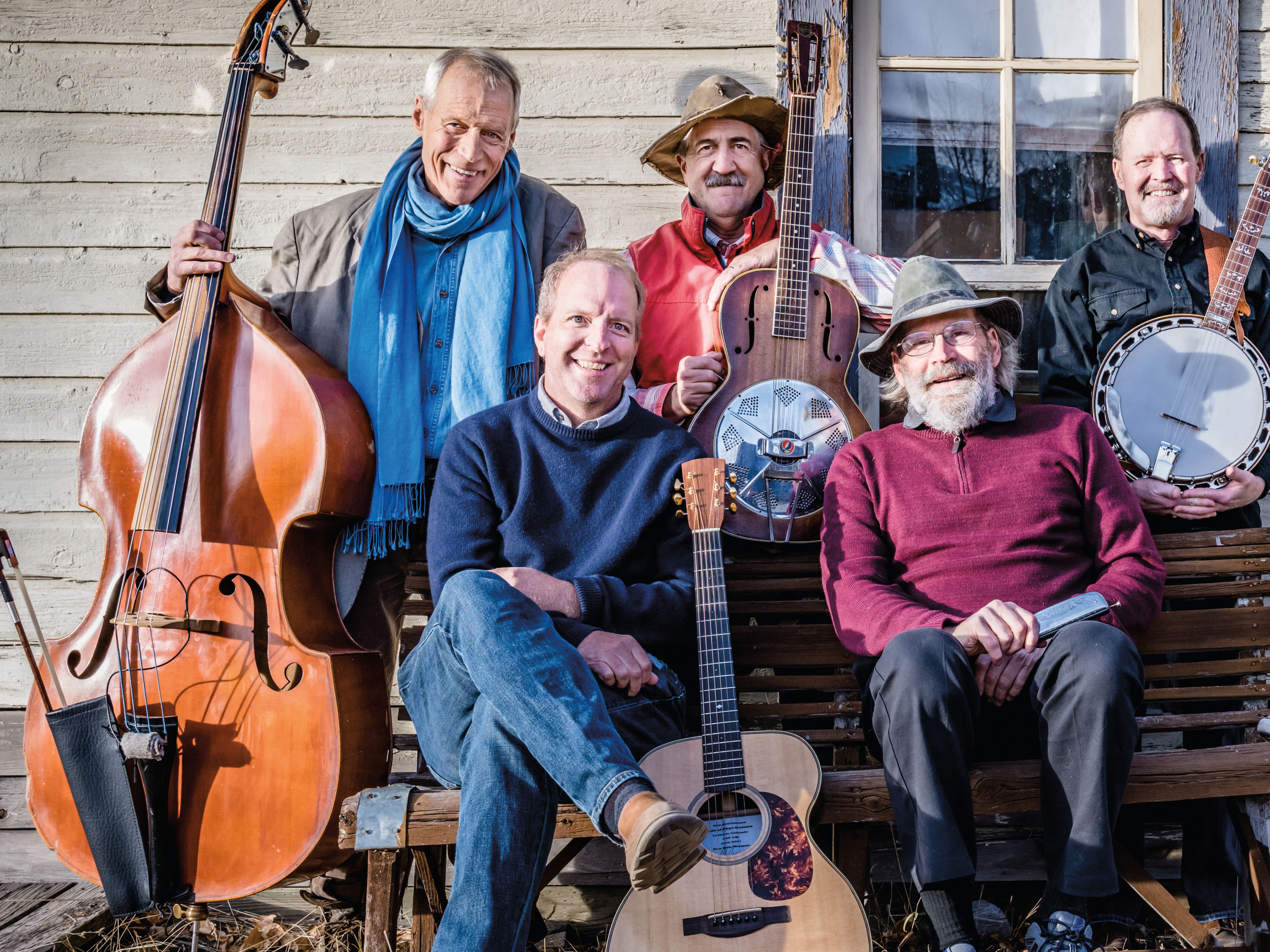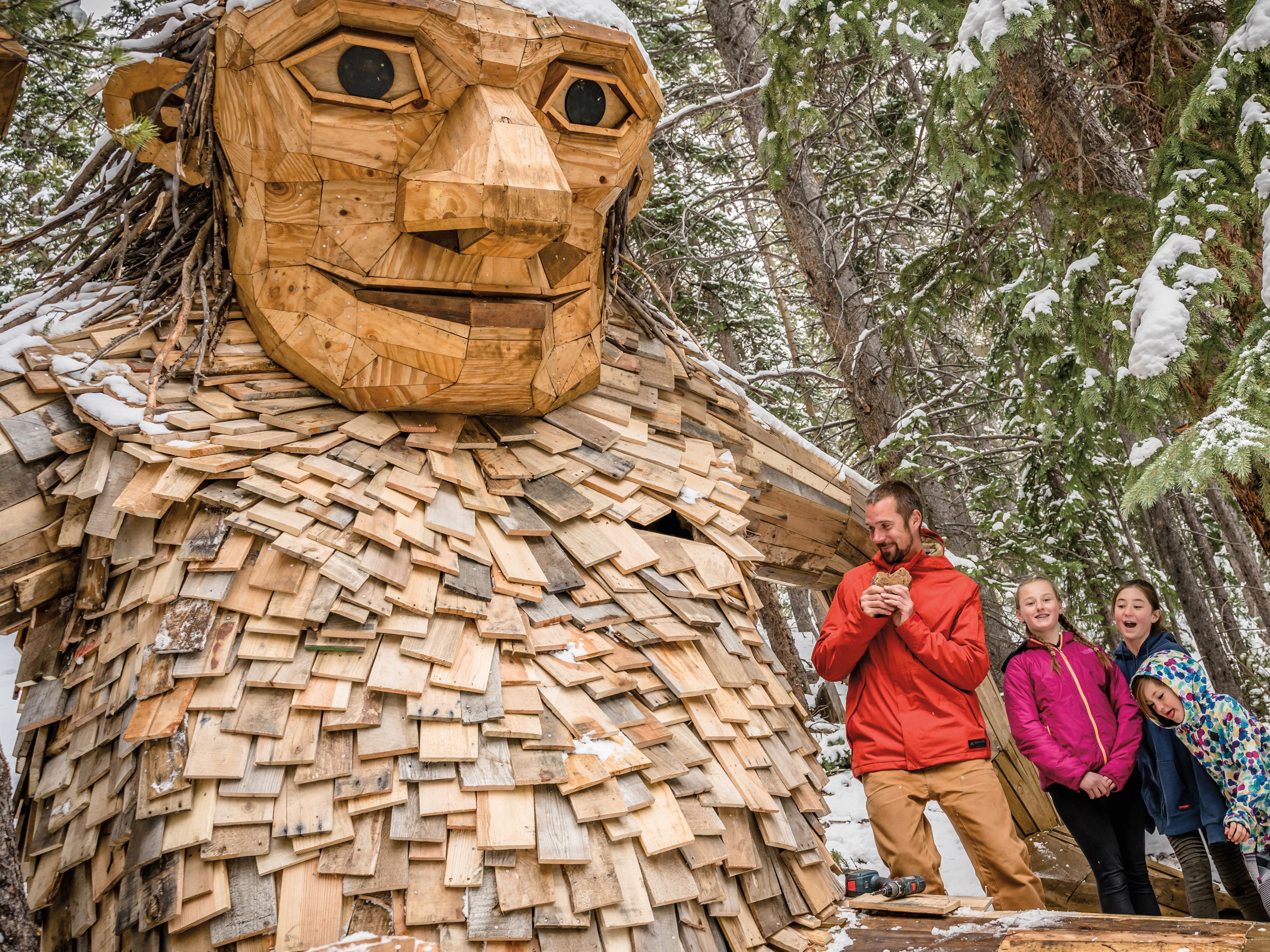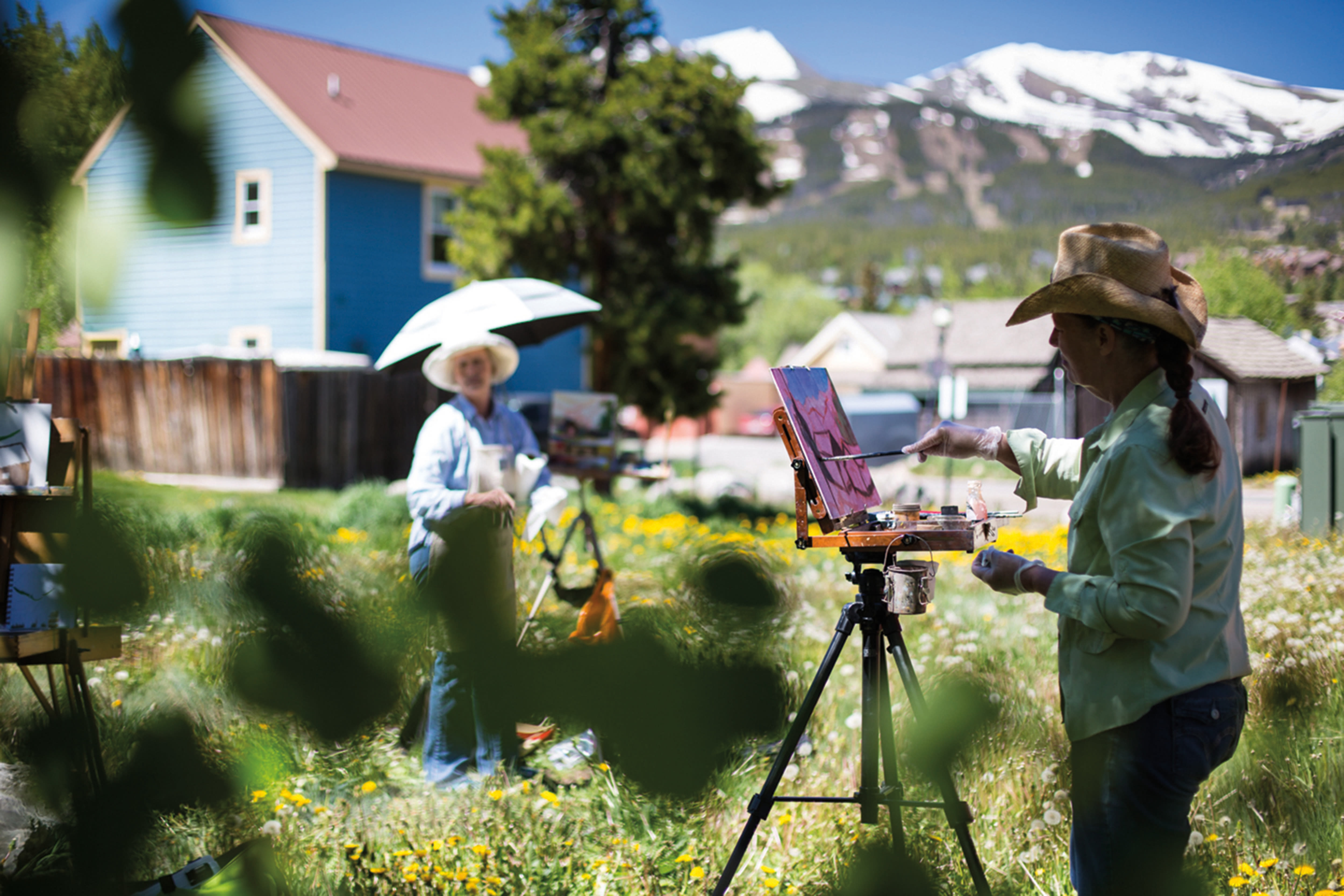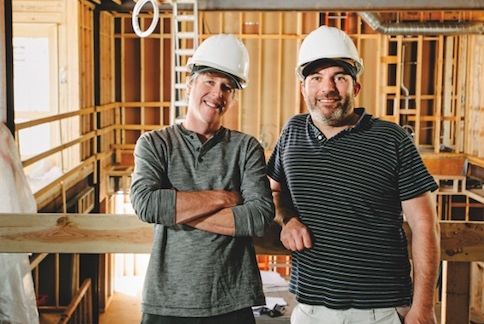Sea Change
Ode to Peak 6
While Epic ski pass holders anticipate access to expanded Breck terrain, backcountry users lament their loss.

At first blush, Breckenridge’s plan to expand its ski area onto Peak 6 sounds like nothing but good news. New runs to explore, fresh possibilities to escape the masses, and more adrenaline-spiking, above-treeline downhill bliss ... what’s not to love?
“Peak 6 will tremendously help to spread out the large crowds we see today and alleviate long lift lines,” says Breckenridge Resort spokeswoman Kristen Pettit Stewart.
Given its proximity to the Front Range, Breckenridge has become notorious for attracting Disney-size crowds, averaging just under 1.5 million skier visits per season. It is not uncommon for the number of visitors to exceed 18,500 on a Spring Break Saturday, despite the fact that the upper limit of the ski area’s Comfortable Carrying Capacity has been set at 14,920 guests. The Peak 6 expansion will add 550 skiable acres, increasing the resort’s terrain by almost a quarter and upping its carrying capacity by about 1,250 guests.
The hitch is that those guests will be encroaching on the territory of backcountry enthusiasts, who want Peak 6 to stay just the way it is: broadly inaccessible and wild. When the US Forest Service approved Breck’s plan this fall, forty-five concerned citizens, backcountry users, and environmental groups filed an appeal opposing the project, citing the ostensibly adverse impact that the Peak 6 expansion will have on indigenous plants and wildlife.
Jeff Carlson, a backcountry enthusiast who sits on the town’s Open Space Advisory Commission, lists many reasons for his opposition: “the environment, the open space, the backdrop of town, the wildlife corridor down to Cucumber Gulch ... they’re going through three creeks over there.” He notes that the plan will require felling about 700 trees and that the contested terrain is one of the last roaming grounds for the threatened Canada lynx, the number of which—inhabiting the forests between Breckenridge, Copper Mountain, Vail Pass, and Climax Mine—has been estimated to be about six.
As part of its Peak 6 proposal, Vail Resorts, which operates Breckenridge, has set aside $300,000 for wildlife conservation and protection efforts. Nevertheless, Carlson argues that the Peak 6 expansion will fragment the lynx’s territory and affect a number of other species in the area, including coyotes and foxes.
“There are things they could do first before expanding,” observes Carlson, one of the dozens of backcountry skiers who regularly visit Peak 6. “There just doesn’t seem to be any compromise.”
Other critics argue that the resort should improve conditions on existing terrain before adding more.
“I’m not super opposed to them expanding, I just feel they need to take care of what they have first—dispersing crowds and updating lifts,” says Louriann Patterson, an avid Breckenridge snowboarder who owns a local salon. “Dispersing the crowds should be the number-one priority. By doing that, they could eliminate some dangerous traffic problems on the mountain.”
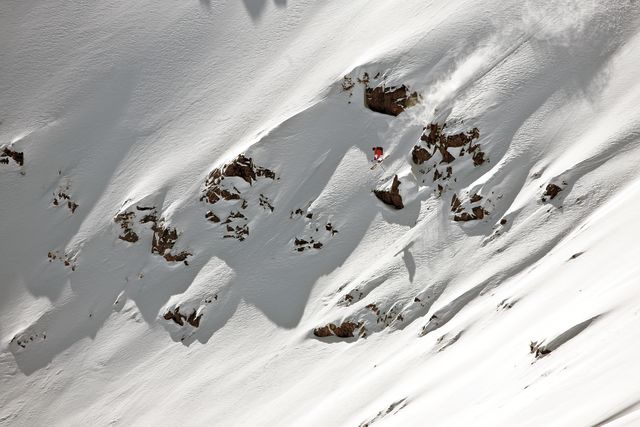
But proponents like Jim Watts disagree that simply upgrading lifts is the answer.
“It’s past due,” stresses Watts, a local software developer who frequents the backcountry. “If you’re on [the] mountain on a weekend during the season, you’re in the danger zone because they’re overcrowded. ... With more high-speed chairs, you just move the problem from crowded lift to crowded slopes.
“The people against it don’t understand that if we don’t provide a mountain that is as safe as it can be and less than tremendously crowded, people are going to stop coming and then properties and businesses you have in town will be devalued.”
For her part, the resort’s Pettit Stewart cites Breckenridge’s Peak 7 and also Vail’s Blue Sky Basin as examples of expansions that have successfully spread people out on the mountain. And she notes that the Peak 6 plan is well within the resort’s rights and shouldn’t take anybody by surprise: the expansion will occur inside an area already permitted (back in 2002) for Breckenridge Ski Area’s in-bounds terrain.
“Expanding terrain within our special-use permit boundary is the best way to improve the guest experience, versus only making improvements to handle increased numbers within our existing operating terrain,” she concludes.
Given that the Forest Service has yet to reverse a decision due to an appeal, detractors have resigned themselves to facing the inevitable.
“Assuming everything goes as planned, this is the last winter to go enjoy the Peak 6 backcountry,” Carlson laments. By this time next year, he says, lone skier tracks on Peak 6 will be as rare as paw prints left by a Canada lynx.

